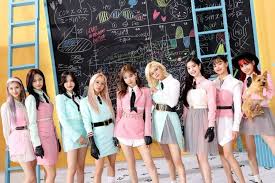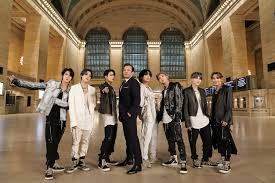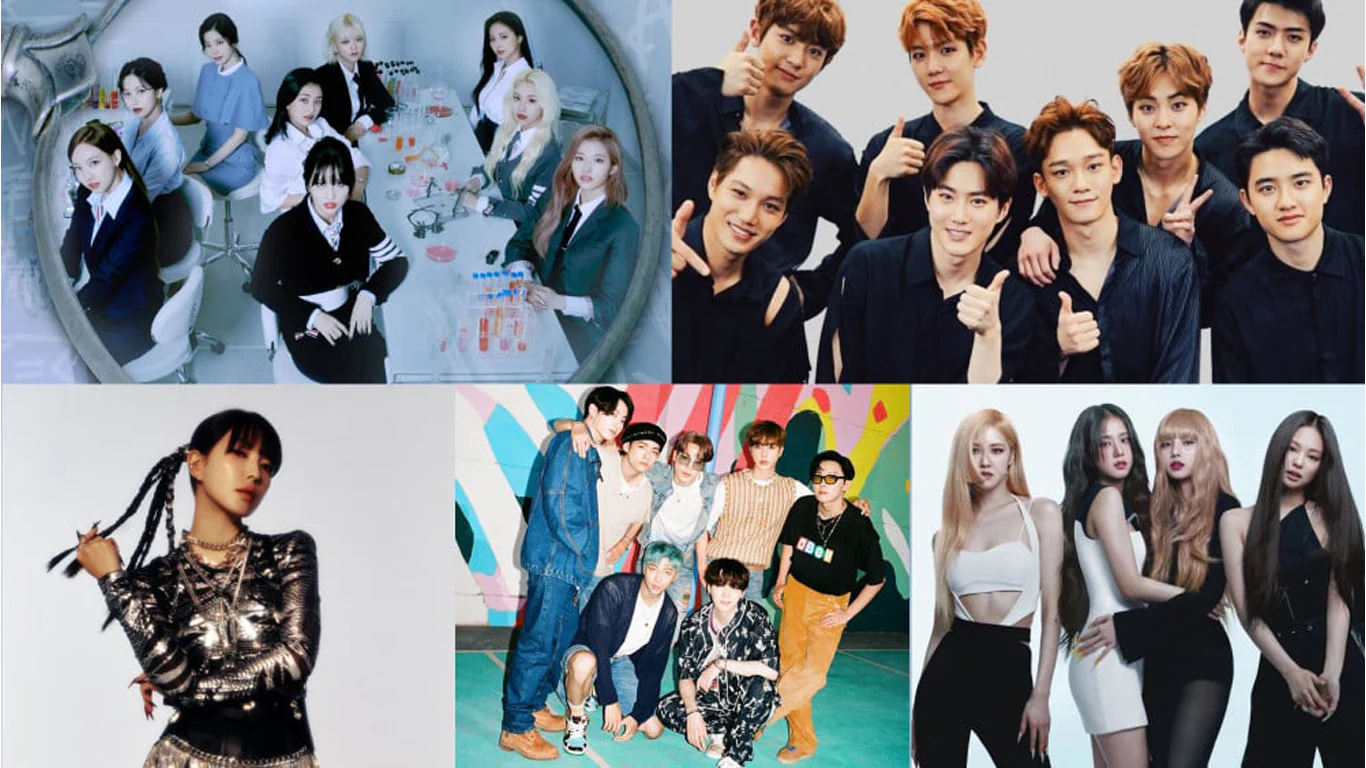Pop phenomenon is a cultural force that transcends boundaries, influencing music, fashion, technology, and even societal norms. It reflects the pulse of society, capturing the zeitgeist of each era. This article delves into the intricacies of the pop phenomenon, its historical evolution, and its impact on modern culture.
The Roots of Pop Phenomenon Culture
Contents
- 1 The Roots of Pop Phenomenon Culture
- 1.1 Music as a Core Element
- 1.2 The Role of Media and Technology
- 1.3 Fashion as an Extension of Pop Culture
- 1.4 The Influence of Film and Television
- 1.5 Social Movements and Pop Culture
- 1.6 The Power of Fan Communities
- 1.7 The Rise of Digital Identities
- 1.8 Critiques and Challenges
- 1.9 The Future of Pop Phenomenon
- 1.10 Conclusion

Pop culture, short for popular culture, originated in the late 19th and early 20th centuries. It emerged as a contrast to high culture, focusing on the tastes and preferences of the general population rather than the elite. With the advent of mass production and media, pop culture began shaping the collective consciousness of society.
From the roaring ’20s to the rock ‘n’ roll revolution of the ’50s, pop culture has been a mirror reflecting societal changes. It evolved alongside technological advancements, such as the radio, television, and eventually the internet, which have served as its primary conduits.
Music as a Core Element
Music is arguably the most influential aspect of pop phenomenon. The rise of icons such as Elvis Presley, Michael Jackson, Madonna, and more recently, artists like BTS and Billie Eilish, underscores how music not only entertains but also challenges societal norms.
Each generation has seen a shift in musical trends, from the Beatles’ British invasion to the emergence of hip-hop in the ’80s and the global dominance of K-pop today. Music not only reflects but often spearheads cultural movements, fostering inclusivity, activism, and self-expression.
The Role of Media and Technology
The explosion of digital technology has redefined how pop culture is consumed and shared. Platforms such as YouTube, TikTok, and Instagram have democratized fame, allowing individuals to become cultural icons overnight. Memes, viral challenges, and influencers are now integral to the pop phenomenon.
Streaming services like Netflix, Spotify, and Apple Music have also played a pivotal role, offering instant access to global entertainment. This accessibility has blurred cultural boundaries, allowing elements of one culture to influence another, creating a truly global pop culture.
Fashion as an Extension of Pop Culture

Fashion has always been intertwined with pop phenomenon. From bell-bottoms in the ’70s to the athleisure trend of the 2010s, pop culture dictates style. Celebrities and influencers set trends that quickly become mainstream, thanks to social media.
Designers often collaborate with pop icons, creating exclusive collections that further merge the worlds of high fashion and everyday culture. This symbiotic relationship ensures that fashion remains a dynamic and ever-evolving facet of pop culture.
The Influence of Film and Television
Movies and TV shows have long been vessels for pop culture. Iconic franchises like Star Wars, Marvel Cinematic Universe, and Harry Potter have created cultural moments that resonate across generations. Television series such as Friends and Stranger Things have also become benchmarks of their respective eras.
Streaming platforms have further diversified the scope of storytelling, introducing international shows and movies to broader audiences. This globalization has enriched the cultural fabric, making the pop phenomenon more inclusive and representative.
Social Movements and Pop Culture
Pop culture has increasingly become a platform for social change. Artists, actors, and influencers use their platforms to address issues like climate change, racial inequality, and mental health awareness. These efforts not only amplify important messages but also demonstrate the potential of pop culture to effect real-world change.
Movements like #MeToo and Black Lives Matter gained significant momentum through the influence of pop culture, showcasing how entertainment and activism can intersect.
The Power of Fan Communities
Fan communities are a cornerstone of the pop phenomenon. Whether it’s Taylor Swift’s Swifties, Marvel fans, or BTS’s ARMY, these groups foster a sense of belonging and collective identity. Fans actively participate in promoting their idols, creating art, and even engaging in philanthropic activities under the banner of their favorite celebrities.
These communities demonstrate the participatory nature of modern pop culture, where audiences are not just passive consumers but active contributors.
The Rise of Digital Identities

With the increasing prominence of virtual realities and partaitogel metaverses, pop culture is venturing into new territories. Digital avatars, virtual concerts, and NFT art are redefining what it means to be a pop icon. These innovations indicate a future where the lines between the physical and digital realms are increasingly blurred.
Digital platforms also allow creators to reach niche audiences, further diversifying the content available and fostering subcultures within the larger pop phenomenon.
Critiques and Challenges
Despite its widespread appeal, pop culture is not without criticism. Some argue that its commercial nature dilutes artistic integrity, prioritizing profit over creativity. Others critique the fleeting nature of trends, which can promote unsustainable consumerism.
Moreover, the rise of cancel culture presents a double-edged sword. While it holds individuals accountable, it also raises concerns about the mob mentality and the lack of nuanced discussions.
The Future of Pop Phenomenon
The future of pop culture lies in its adaptability. As technology continues to advance, new forms of entertainment and expression will emerge. Virtual reality, artificial intelligence, and augmented reality are already influencing how content is created and consumed.
Pop phenomenon will likely become even more globalized, with cross-cultural collaborations and hybrid genres dominating the landscape. Sustainability and inclusivity will also play key roles as younger generations prioritize ethical consumption.
Conclusion
The pop phenomenon is a testament to the power of creativity, innovation, and human connection. It reflects society’s aspirations, challenges, and transformations, offering both an escape and a lens to view the world. As it continues to evolve, one thing is certain: pop culture will remain an indelible part of our collective identity.





